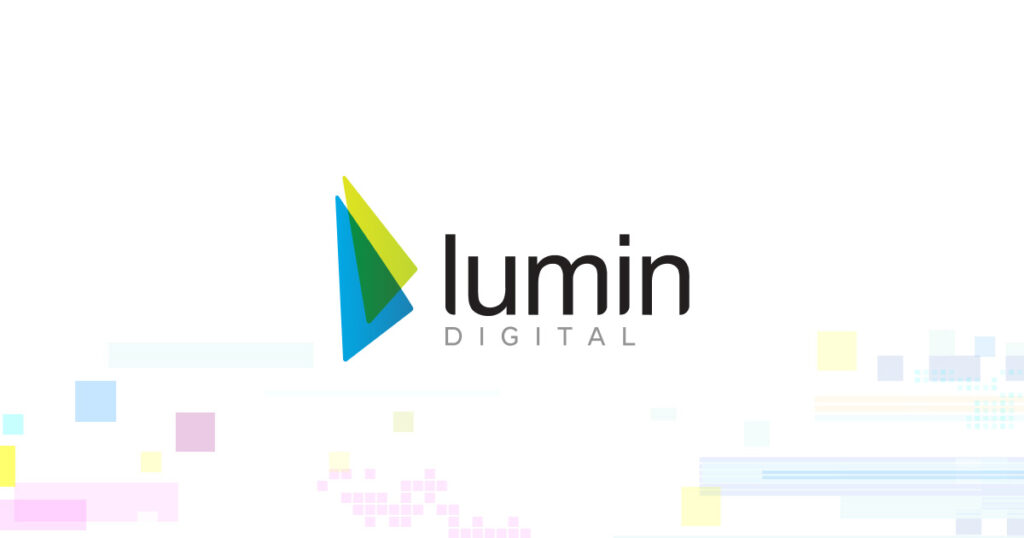by Marty Aquino
Personalized banking isn’t optional for financial institutions to survive in the digital age. With previously unknown startup fintech companies devouring once untouchable bank and credit union market share, it’s clear that end-users prefer more custom solutions. Accenture’s Banking Consumer Study, one of the largest of its kind, with 47,000 participants in 28 markets, supported the notion that banking behavior is changing. According to Accenture, only 29% of respondents trust their banks to look after their long-term financial well-being — a steep drop from 43% in 2018.
The report goes on to say that the shift to digital banking is unlikely to be undone after the COVID-19 pandemic is finally over. Banks and credit unions are not immune from this shift. Prior to the pandemic, 85% of respondents hadn’t spoken to a bank advisor via video call, now 35% would prefer video to a face-to-face meeting.
All is not lost, however. Customer satisfaction tends to be lower for end-users with only digital-only banking relationships. According to J.D. Power, the overall satisfaction score among branch-dependent bank and credit union users is 824 (on a 1,000-point scale), which is 23 points higher than the score among digital-only customers. That satisfaction gap is widest (31 points) among millennials. This means that, at the time of this writing, users still prefer interactions in person with banks and credit unions. And what they’re looking for is for your organization to foster their long-term financial well-being on a one-to-one level.
What Is Personalized Banking?
Personalized banking is the latest evolution of how your organization can help your users proactively manage their finances. Banks and credit unions partnered with certain digital banking platforms will be able to obtain an array of highly relevant data points indicating a user’s underlying needs — sometimes before the user even knows of the specific need.
Then, your organization can link this data to analytics and artificial intelligence or machine learning models to predict likely scenarios and solutions. Digitally savvy and old-school users alike now expect more from their primary financial institution than just knowing how to address them by name in a support chat or an occasional semi-personalized discount on a financial product. The future of banking is personalization for every user.
The Benefits of Personalized Banking
Seventy-five percent of bank and credit union end users plan to maintain their digital banking habits adopted during the pandemic, according to Pymnts.com. Further, 44.8% of account holders use online and mobile channels for their banking “most” or “all” of the time.
Hyper-personalization is key to rock-solid customer satisfaction and loyalty. The combination of personalized banking solutions, enhanced user experiences and real-time processing of big data means more opportunities for your bank or credit union to meet user needs on a highly customized and dynamic basis. This translates to deeper customer satisfaction and less attrition overall.
Cost Reductions and Enhanced Revenue Opportunities
Considering an almost near-term reduction in market size and increased margin pressures, digital transformation will likely become even more essential as a means to improve efficiency and optimize costs. According to a recent study by the European Central Bank (ECB), while digital-only banks are often still in the early days of their evolution, this difference (below) highlights the meaningful cost advantages to be gained from full-scale digitization:
- Digital-only banks have an average cost-to-income ratio of 47%.
- Traditional banks and credit unions have an average cost-to-income ratio of 73%.
Hybrid digital banking solutions may provide enhanced cost savings and additional revenue opportunities for your financial organization while providing a more robust, meaningful user experience. Furthermore, any top- or bottom-line organizational enhancements can be passed on to users and stakeholders.
Higher Loyalty
Users equate speed, simplicity and personalization with caring. Many times, consumers visit a branch because the digital experience is not as simple or as fast as desired. More than ever, though, users will simply abandon a purchase they want to make digitally as opposed to traveling to a branch. Personalized banking helps to solve this by providing users with only those options that are suited to their needs. Big data in real-time via strategic partners enables your bank or credit union to understand, at a granular level, and anticipate your users’ needs.
The Challenges of Implementation
Like with most new initiatives, there tend to be barriers to entry that require extra attention. According to a paper from the Institute of International Finance and Deloitte, here are nine factors that can shape the success of your financial institution’s digital transformation:
External Challenges
- Inconsistent data regimes restricting financial organizations’ ability and appetite to generate value.
- Lack of enterprise readiness and capability by fintechs limits the ability for partnerships with your bank or credit union.
- Prescriptive and/or outdated regulations constraining large-scale digital transformation initiatives.
Internal Challenges
- Evolving talent models forcing many financial institutions to rethink the workforce of the future and the environment needed to retain talent.
- Lack of enterprise agility, understanding and coordination for activating innovation partnerships.
- Traditional risk-conscious culture clashing with a higher-risk appetite for pursuing innovation.
- Management ambition to meet short-term business targets misaligning with organizational needs for longer-term transformation.
- High regulatory-driven change burden leaving insufficient budget, resources and management attention for digital transformation initiatives.
As daunting as this list may seem, it has been and continues to be overcome by partnering with trusted strategic partners with track records of achieving the desired results. In many cases, the platform development process can be seamless for your financial organization.
Best Practices
Choose a user-centric strategy to govern cross-functional personalization initiatives and to determine the right tech investments. Focus on your users’ values to create alignment throughout your organization. Consider the following principles:
- Understand the shift in expectations. Determine which changes in user behavior are temporary and which are likely to stick around.
- Recognize your user base. Analyze the expectations and needs of your consumer segments.
- Determine your strategy. Develop a strategy and operating model to respond to the market changes that your organization is likely to endure.
- Prioritize technology investment. Acquire technology that improves your bank or credit union’s flexibility, agility and effectiveness in the market.
- Infuse a human touch. Personalize your digital channels to optimize and enhance your user’s digital banking experience.
Before you implement any solutions, define a strategic vision and framework to align and agree on necessary resources and next steps with key stakeholders to ensure a collaborative approach. According to Bottomline research, when discussing the goals for end-user relationship initiatives, most financial institutions prioritize improving end-user relationships, increasing product penetration, providing personalized advice and being able to proactively engage consumers. However, as consumers became even more familiar with digital-first organizations, they became aware of the level of personalization possible, even from small retailers and restaurants. Consequently, their tolerance for less than this level of ultra-personalized attention will definitely impact the success of your organization if you do not meet these expectations.

Personalized banking was a trend before the pandemic. It was accelerated during the pandemic. And it will ultimately be a financial industry staple after COVID-19 is in America’s proverbial rearview mirror. Machine learning, location-based services and big data can help anticipate your users’ needs and match them with well-suited financial solutions in your digital or analog arsenal — at speed. Personalized banking can also empower your organization to distinguish primary target audiences from secondary ones, allowing your bank or credit union to forge deeper customer satisfaction as well as productivity with your users. The time to implement personalized banking solutions is now. However, with upstart fintechs and mighty megatechs capitalizing on traditional banks’ and credit unions’ slower technology-adoption rates…the opportunity window is closing. Act now.
Marty Aquino has been a passionate writer on venture capital, technology, forecasting, risk mitigation, wealth and entrepreneurial topics since 2009. He is the founder of Carbonwolf Energy, a venture-capital firm specializing in world-changing and status-quo-defying technologies and people.
References:
Accenture – Banking Consumer Study: Making Digital More Human
Accenture – 2020 Accenture Global Banking Consumer Study
J.D. Power – Retail Banks Face Major Customer Satisfaction Challenge as World Shifts to Digital-Only Engagement, J.D. Power Finds
Pymnts.com – Leveraging the Digital Banking Shift
Deloitte – Realizing the Digital Promise
Bottomline – The Rise of Intelligent CRM in Banking

